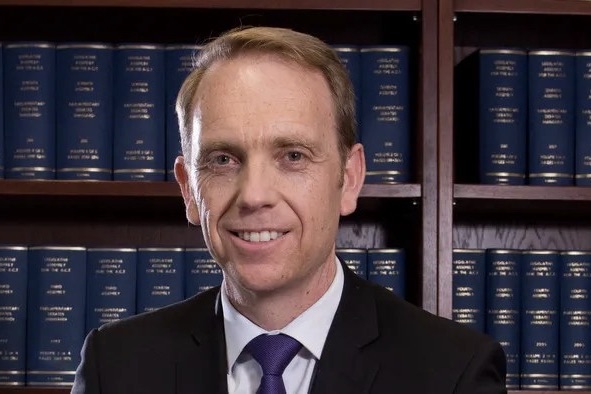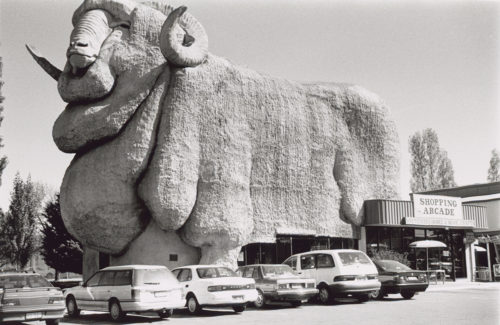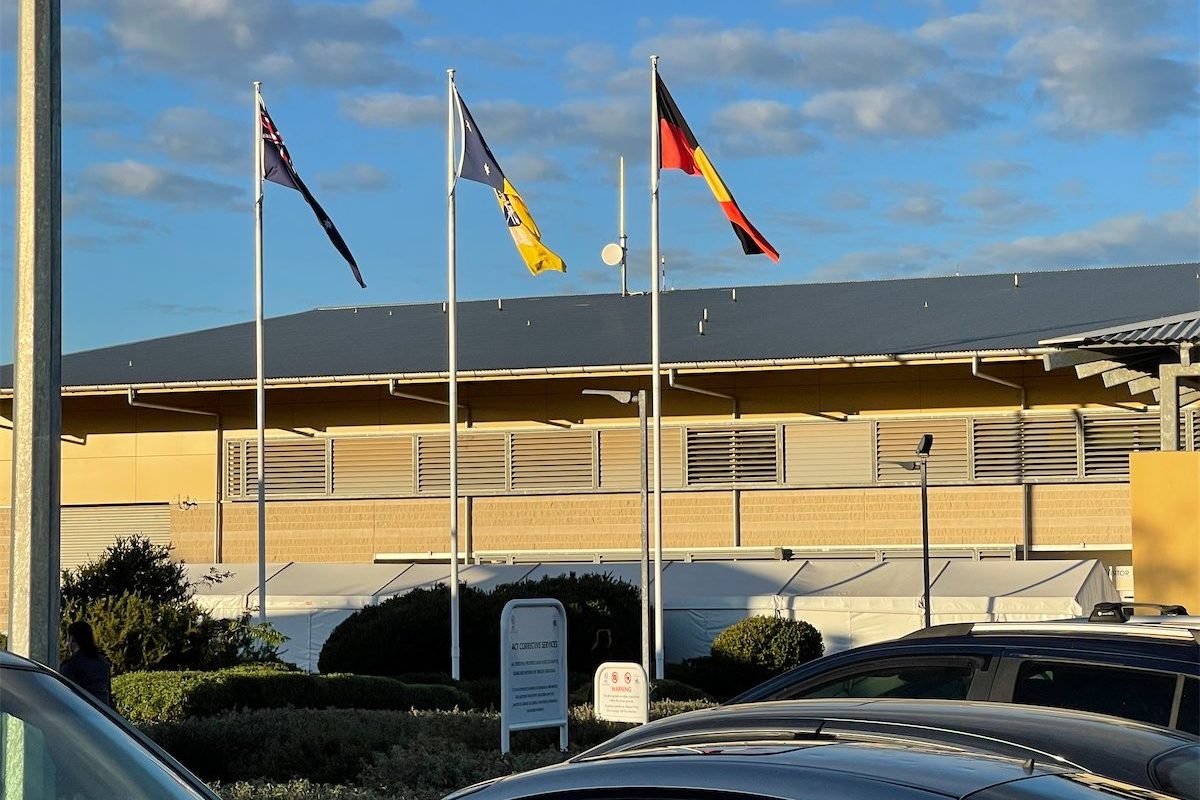
The time has come for Chief Minister Andrew Barr to do the decent thing and fall on his political sword, says The Gadfly columnist ROBERT MACKLIN.
It pains me to say so, but all the alternatives are more damaging to the national capital’s body politic.

The reason for his political martyrdom is, of course, the tram. Barr surrendered to the passionate enthusiasm of former Attorney-General and Deputy Chief Minister Simon Corbell and tied his political future to the 19th century technology.
It might have been an exciting new development when the Canberra designer, Walter Burley Griffin, included it in his plan. But that was 1911 and Griffin’s Canberra was for a city of a mere 10,000 residents.
Corbell’s enthusiasm was no doubt actuated by the threat of climate change and his advocacy was unquestionably heartfelt. Even when he retired from politics in 2015 he continued his quest for climate adaptation and defence. He remains a prominent member of the Clean Energy Investor Group whose mission “represents institutional investors in utility-scale energy projects”.
According to their official description: “The group represents institutional investors who have collectively funded Australian renewable energy projects with over $10 billion. Collectively, the Group currently expects to deliver over 5GW of Australian renewable energy projects in the near future. Our members include superannuation/pension funds, infrastructure fund managers, project developers and independent power producers.”
All of which are totally desirable aims and ambitions.
However, since 1911 public transport technology has made great strides in efficiency beyond the expensive tracks.
Indeed, according to Peter Moore, the former executive director of the International Association of Public Transport (Australia/NZ), in a letter to the local press: “I was involved in an advocacy campaign to convince the ACT government to build a ‘guided busway’, network for Canberra. During the campaign a former [unnamed] ACT urban services minister visited Europe with our assistance to see guided busways in action.
“The network would have looked and operated just like a ‘tram’ and could have been largely built by modifying the existing road network. “That minister returned to Canberra convinced guided busways were the way to proceed; no doubt influenced by the cost to build such a network being ‘considerably cheaper’ than light rail and most importantly, the ACTION bus system could have evolved into an integrated ‘guided busway’ network.
“The legacy of the ‘tram decision’ is a forever financial burden for almost all Canberrans [who] cannot access the tram, and a bus system in decline… the tram going south has the potential to bankrupt the territory.”
Mr Barr will go to great lengths to avoid such a bankruptcy, including the “urban sprawl” that will turn the capital into just another haphazard debacle such as Junee or Wagga.
Indeed, the process is underway with a health system in crisis, education starved of much needed funding, road repair on the cheap and horticulture suffering yet another season of neglect.
The Greens might well wish to continue to pursue the tram; but if so, the Labor Party should respond to the electorate free of the leadership that Barr represents. And if the Liberals, under Elizabeth Lee, wish to put an end to the whole disastrous travesty, so be it.
The effect would turn the election into a referendum on the tram.
It is, after all, the year of democracy.
Who can be trusted?
In a world of spin and confusion, there’s never been a more important time to support independent journalism in Canberra.
If you trust our work online and want to enforce the power of independent voices, I invite you to make a small contribution.
Every dollar of support is invested back into our journalism to help keep citynews.com.au strong and free.
Thank you,
Ian Meikle, editor




Leave a Reply